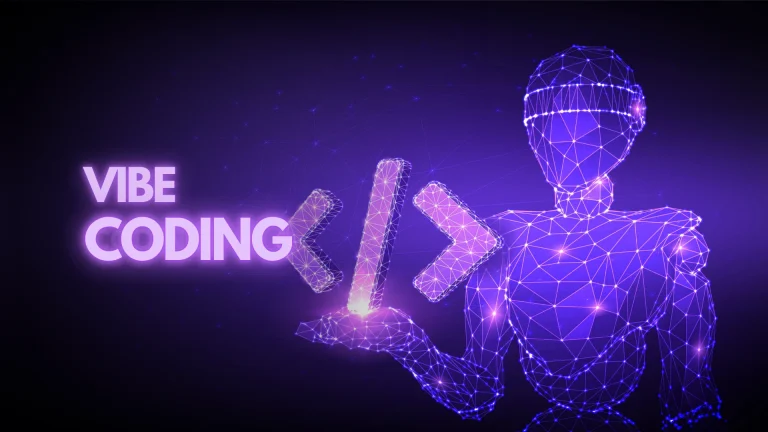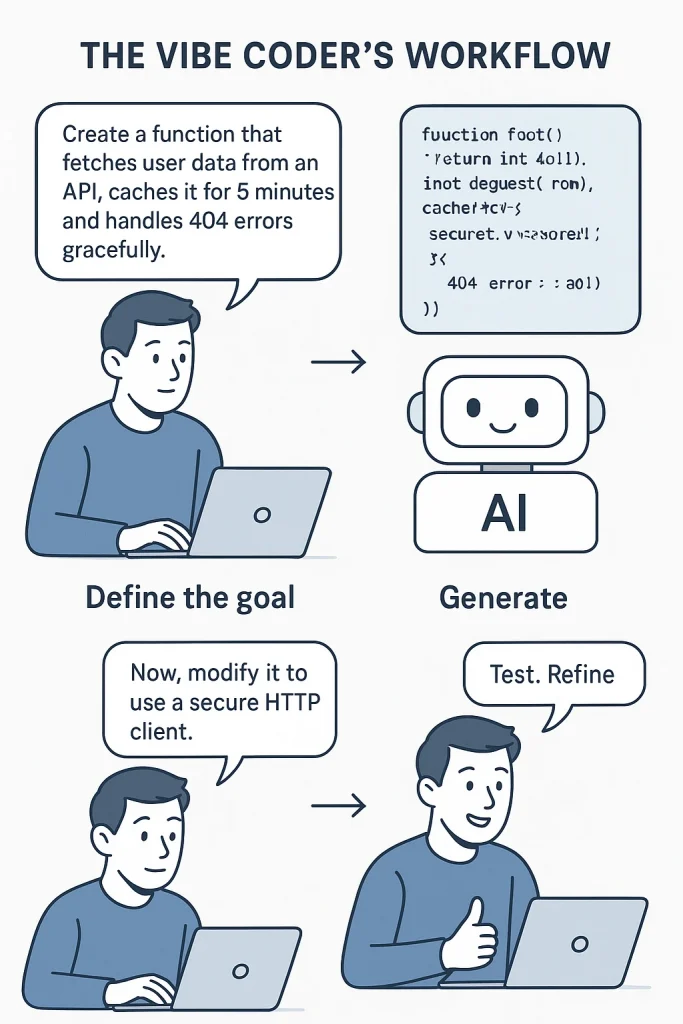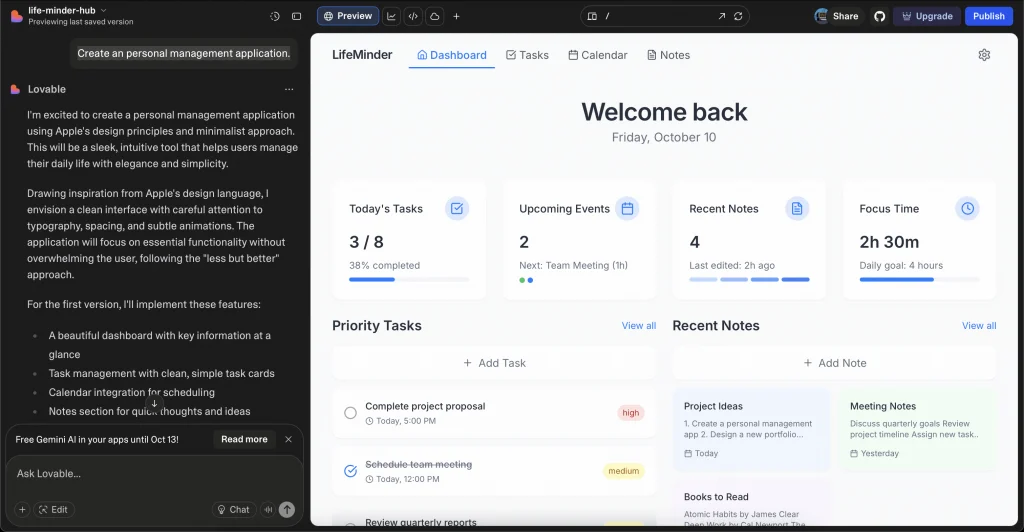
What is Vibe Coding?
At its core, Vibe Coding is a development style that emphasizes high-level intent and natural language prompts over writing detailed, line-by-line code. Instead of focusing on syntax, a developer (or “prompt engineer”) describes the desired outcome in plain English—the “vibe”—and leverages AI assistants like GitHub Copilot, ChatGPT, or Google’s Gemini Code Assist to generate the functional code.
As described by sources like Mimo and Google Cloud, it’s less about memorizing API docs and more about clearly articulating a problem and iteratively refining the AI’s solution. It represents a move from writing code to curating and directing it.
The Vibe Coder's Workflow
The software development landscape is undergoing a quiet revolution. Traditional workflows built around the “code–compile–debug” cycle are being reimagined in the age of intelligent coding assistants. Instead of manually writing and revising lines of code in isolation, developers now collaborate interactively with AI tools to accelerate, refine, and enhance their coding process.
This modern process can be summarized as a new, agile loop:
Prompt → Generate → Refine → Test
1. Prompt: The developer defines the goal. (e.g., “Create a function that fetches user data from an API, caches it for 5 minutes, and handles 404 errors gracefully.”)
2. Generate: The AI tool returns a block of code fulfilling the request.
3. Refine: The developer reviews the output and provides follow-up prompts for optimization, bug fixes, or adding features. (“Now, modify it to use a secure HTTP client.”)
4. Test: The final code is integrated and tested rigorously.
This iterative conversation with the AI is the hallmark of the modern vibe coder.
Why Now? The Perfect Storm for a Paradigm Shift
Vibe Coding isn’t an entirely new concept, but three factors have catapulted it into the spotlight, making it one of the most significant software development trends to watch in 2026.
1. The AI Revolution: The proliferation of sophisticated, code-trained large language models (LLMs) has made reliable code generation accessible to everyone.
2. The Productivity Promise: It dramatically speeds up prototyping, automates boilerplate creation, and helps overcome “blank canvas” syndrome, allowing developers to focus on complex architectural problems.
3. Democratization of Development: It lowers the barrier to entry, enabling product managers, data scientists, and other non-traditional programmers to build functional tools and automate tasks.
Opportunities and Inherent Risks
While the benefits are compelling, the rise of Vibe Coding introduces significant challenges that the industry must confront.
The Opportunities
1. Accelerated Development:
Rapid prototyping, iteration, and idea validation become incredibly fast, enabling teams to move from concept to execution in hours instead of days.
2. Reduced Cognitive Load:
Developers can offload repetitive or boilerplate tasks to the AI, allowing them to focus on problem-solving and higher-level architecture.
3. Enhanced Learning and Mentorship:
Vibe Coding acts as a powerful pair programmer — helping newcomers understand code structures, learn new frameworks, and adopt best practices interactively.
4. Democratized Innovation:
Non-traditional developers, startups, and smaller teams can now build sophisticated solutions without needing a large engineering force — leveling the playing field in software creation.
The Risk
1. The “Black Box” Problem:
Over-reliance on AI can cause developers to lose visibility into how the code works, leading to weaker understanding and a growing “generation gap” in technical depth.
2. Security Blind Spots:
AI-generated code may inadvertently introduce vulnerabilities or compliance issues. Without careful review, these risks can become embedded in production systems.
3. Technical Debt Accumulation:
Fast doesn’t always mean sustainable. Teams that skip review and testing phases may build fragile foundations that are costly to maintain later.
4. Illusion of Competence:
Developers might mistake generation for understanding — relying on AI without mastering the underlying logic, which can hurt long-term growth.
The Future: Augmentation, Not Replacement
The most realistic and promising future for Vibe Coding is not the replacement of developers, but their augmentation. The developers who will thrive are those who master a new blend of skills.
- Software Engineering Fundamentals: A rock-solid understanding of algorithms, data structures, and system design is more important than ever to evaluate and correct AI output.
- Critical Thinking & Problem-Solving: The ability to precisely define problems and architect solutions is a human skill that AI cannot replicate.
- Prompt Engineering: Crafting clear, context-rich, and iterative prompts will become a core competency.
- Quality Assurance: Rigorous testing and security review become non-negotiable pillars of the development process when using AI-generated code.

Senior Front-End Developer at Fegno Technologies with 5+ years of experience crafting clean, responsive, and scalable web applications. Specialized in React.js, Next.js, JavaScript, HTML5, and CSS3, turning complex ideas into seamless digital experiences. Passionate about UI/UX excellence, performance optimization, and modern web technologies.



 Schedule An Appointment
Schedule An Appointment